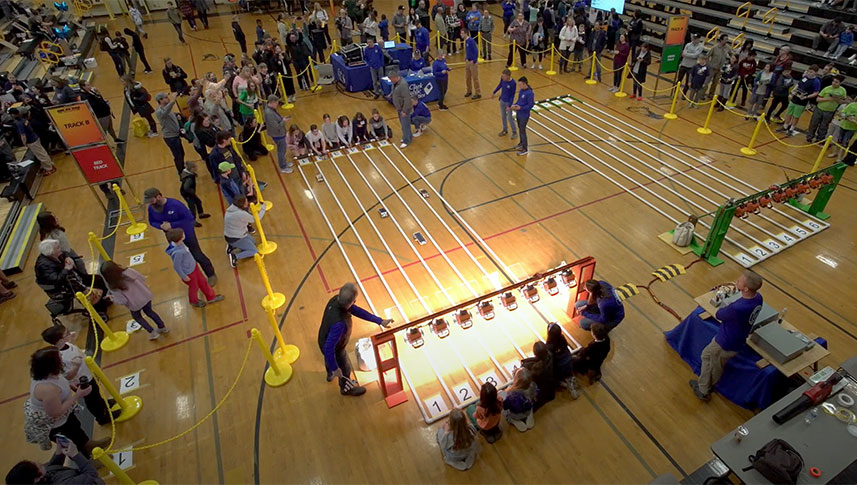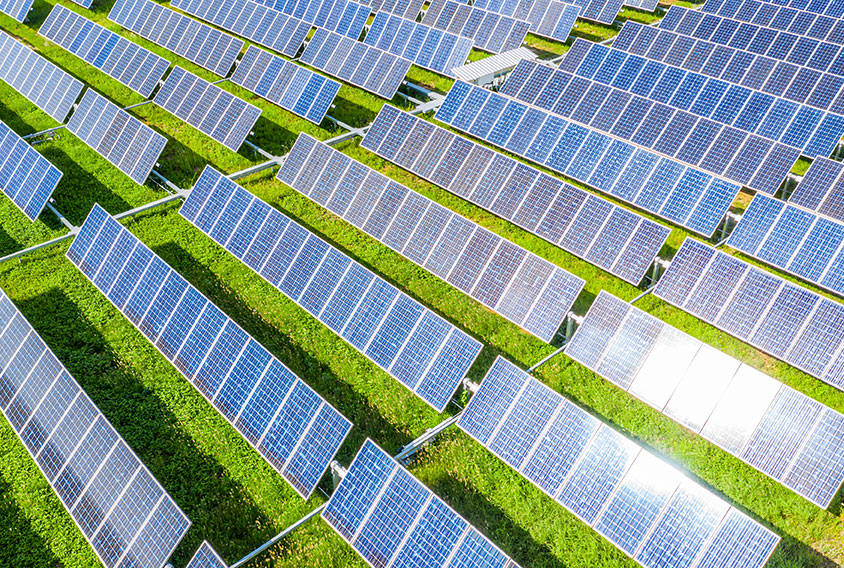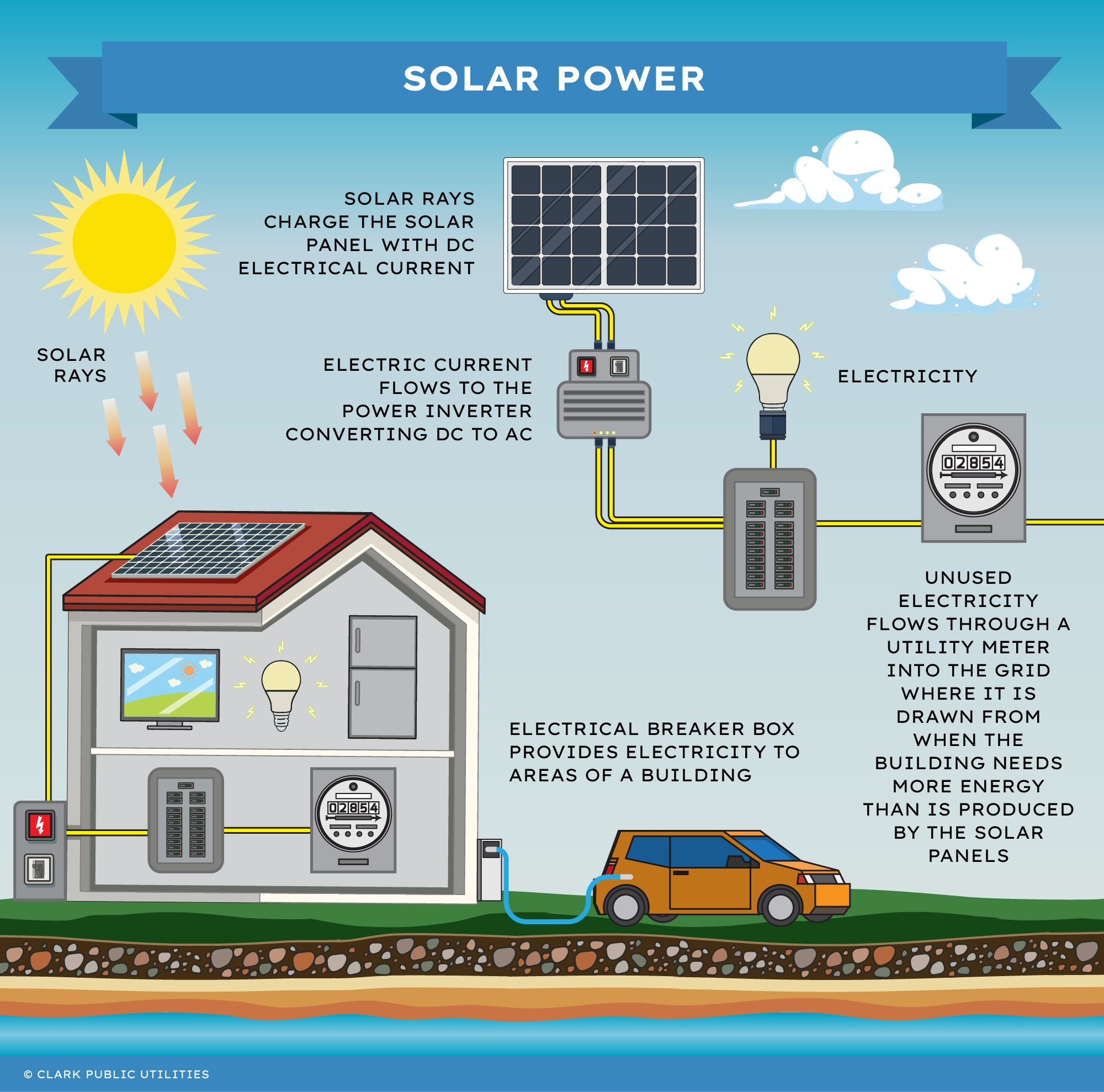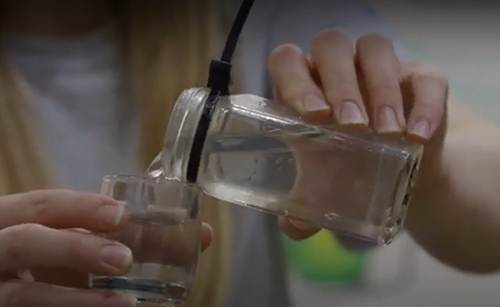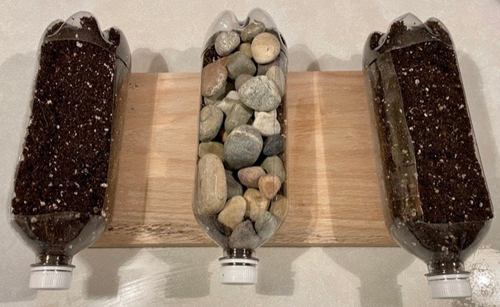The sun, the center of our solar system, is incredibly powerful. The sun is responsible for weather, seasons, the climate, and even ocean currents. It’s also the reason there is life on Earth. Without the sun’s energy (heat and light), there would be no life on earth.
The sun’s intense energy is created by nuclear fusion. This process occurs when four hydrogen atoms fuse to make one helium atom. The sun has been fueled by this nuclear fusion for over four billion years. By using the energy of the sun to power our homes and businesses, we’re capitalizing on a clean, renewable energy source. Let’s learn more!

- The sun is so big that over one million Earths could fit inside.
- The sun is 150 million kilometers away, but it only takes eight minutes for its light to reach us on Earth.
- The temperature in the Sun’s core can reach 27 million degrees Fahrenheit and the surface is around 10 million degrees Fahrenheit.
What is solar power?
The sunlight that hits the earth in an hour and a half is enough to power the whole world’s energy needs for a year! It’s no wonder that scientists are eager to capture this energy and convert it into usable electricity. Solar power harnesses the power of the sun by using a technology called photovoltaics. If you’ve seen shiny black panels on a building’s roof, then you’ve seen solar power in action! It may not look exciting, but the fact that we can collect and use the sun’s energy is an incredible feat.
How does solar power work?
A photovoltaic panel is made up of groups of solar cells. Solar cells, which are crafted from materials like silicon, work kind of like a battery since they have a positive layer and a negative layer. These cells can capture light and carry an electrical current.
Panels are carefully placed on buildings to ensure they’ll be exposed to the most sunlight possible. When the sun shines on a photovoltaic panel, some of the energy is absorbed. (Not all the energy is absorbed, though. Some is reflected and some passes through the cell.)
Once the sunlight has been captured, the energy is turned into electricity with a solar inverter. The inverter transforms the current into alternating current (AC), which is what our appliances run on.
The more solar panels a building has, the more electricity is produced. That’s why you won’t see a single solar panel on a roof – it wouldn’t create enough electricity!
Once electricity has been generated from a photovoltaic system, it’s integrated with the electrical grid. The grid contains electricity from conventional sources, as well as renewable sources.

Photovoltaic panels aren’t the only solar energy technology.
Concentrating solar-thermal power systems (CSP) use mirrors to reflect sunlight onto receivers that can collect the energy and convert it to electricity. This method is used for large commercial applications, including power plants.
Solar power challenges and opportunities
People often ask: does solar energy works on cloudy days? There’s a common misconception that solar power isn’t sustainable in a region like the Pacific Northwest. That’s incorrect! Solar panels keep collecting the sun’s energy, even on cloudy days. (Have you ever gotten a sunburn on a cloudy day? Solar radiation isn’t blocked by clouds!)
It’s true that the efficiency will drop on a cloudy day, but the total sunshine in a year is the more important indicator of how well a solar system will work in a particular area. In Clark County, for example, we rarely get cloudy days in the summer. That’s a lot of solar energy that can be collected and used to offset cloudy winter days.
As solar technology improves and becomes more affordable, there have been more options offered to homeowners and business owners by private solar companies and utilities like Clark Public Utilities. There are many financial incentives that make installing solar panels more attainable.

Community Solar is a solar energy sharing framework that allows a group of participants to build a solar installation. Projects like this open up solar energy to a wide group of people, since solar panels typically depend on home ownership and particular conditions. Clark Public Utilities has built and is currently maintaining five Community Solar projects at our operations center. All residential customers were eligible to purchase up to 100 units and the project was so popular that units sold out quickly. Today, our operations center Community Solar project is the largest solar array in the county and it provides valuable educational benefits in addition to renewable energy.
Pros and cons of solar energy
Pros
Cons
Clark Public Utilities Solar Car Challenge
Are you interested in learning more about renewable energy in a fun and creative way? Clark Public Utilities partners with educators teaching in Clark County to provide an exciting introduction to renewable energy, engineering and design concepts, and basics of electricity and circuits. If you’re a student in 3rd through 12th grade, ask your teacher about forming teams! Once your team car is ready put it to the test on competition day – held the second Saturday in March at Hudson’s Bay High School. Find Educator information here!
